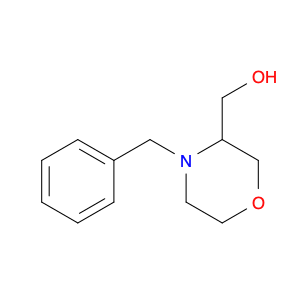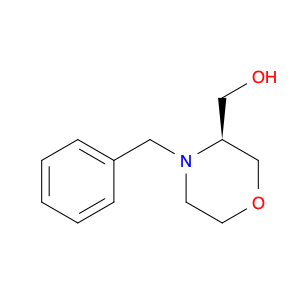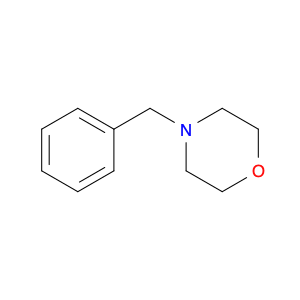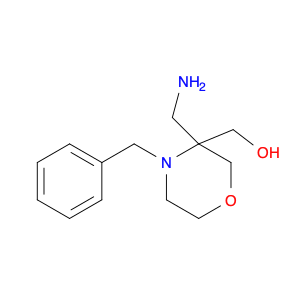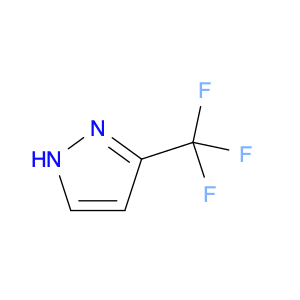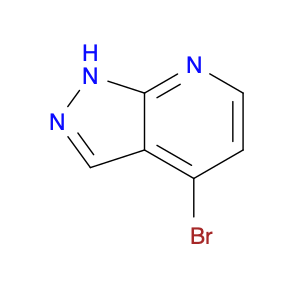N-Benzyl-3-(hydroxymethyl)morpholine is a versatile compound that finds widespread application in chemical synthesis. Its unique structure, featuring a benzyl group and a hydroxymethyl functionality attached to a morpholine ring, imparts distinctive reactivity and properties that make it valuable in various synthetic processes.In organic synthesis, N-Benzyl-3-(hydroxymethyl)morpholine is commonly used as a nucleophile in ring-opening reactions. Its hydroxymethyl group can participate in the formation of new bonds, particularly in the context of alcohol synthesis or in the modification of heterocyclic compounds. Additionally, the presence of the benzyl group can facilitate further functionalization through various coupling reactions, allowing for the introduction of diverse chemical moieties.Furthermore, this compound serves as a useful building block in the preparation of pharmaceuticals and agrochemicals. Its morpholine core is a prevalent motif in medicinal chemistry due to its bioactive properties, and the ability to selectively modify the N-benzyl and hydroxymethyl positions enables the creation of tailored molecules with specific biological activities. By incorporating N-Benzyl-3-(hydroxymethyl)morpholine into drug design, chemists can access a rich chemical space for the development of new therapeutic agents.Overall, N-Benzyl-3-(hydroxymethyl)morpholine plays a crucial role in chemical synthesis by offering a versatile platform for the construction of complex molecules and the preparation of biologically active compounds. Its reactivity and structural attributes make it a valuable tool for synthetic chemists seeking to access novel chemical structures and explore diverse applications in drug discovery and materials science.
 sales@aaronchem.com
sales@aaronchem.com
